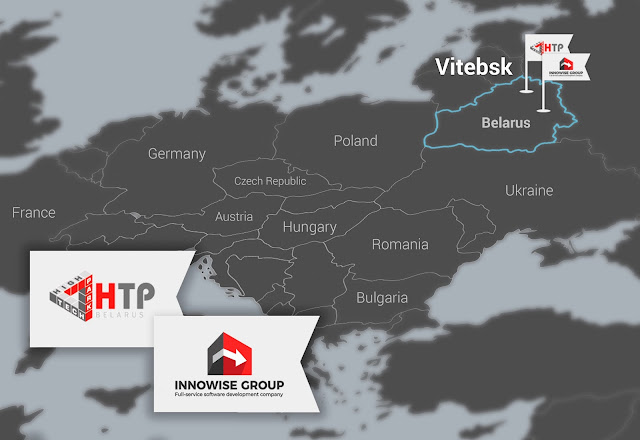VOKA team has every reason to be proud of Education version having reached its final stage. It was a long path paved with new challenges and discoveries. It will be not just another innovative e-learning tool or something old made new again. It has at its core a unique 3D anatomical atlas with 350 types of fractures. Thus, you will find an extensive database of all possible fractures and bone tissue injuries according to global trustworthy surgical references.
You may ask what it is so unique about just another bunch of medical data already available in the Internet. In contrast with other sources at hand, a medical trainee will have at his disposal a 3D model rather than a 2D image. 3D models are fully responsive meaning you can scale, rotate and turn them at whatever angle you find more pleasing for you to gain a more profound understanding of human anatomy. Apart from just studying anatomy, a young doctor can get a sure hand at positioning a model inside a mannequin. First, he watches all the manipulations performed by his tutor on his PC or mobile device and then tries to do the same. As additional bonus you hone your precision, accuracy and twist of the wrist. With patient’s mobility and your own good name at stake, this invention might be above all helpful to polish up your hands-on skills.
The team of our 3D designers used their sharp eye and a wealth of experience to add life-like textures to models so that they would be indistinguishable from real ones. No free-to-download software will generate you the same result. First impressions are the most lasting, therefore, the team’s focus was not only on true-to-life content but also on appealing and eye-catchy application interface. A cute skeleton will help you navigate through the whole body divided into 22 anatomical areas while icon buttons are very intuitive. So, no effort has been spared to avoid the content looking crude and rough-and-ready.
The main drivers of demand for Voka EDUCATION version are medical students, little experienced or junior surgeons as well as their education supervisors. There are countless studies having proved the power of visualization on information gain and attention mining. VOKA mission is to get away from traditional 2D imagery and foam bones making learning more personal, practical, and technology driven.
You may ask what it is so unique about just another bunch of medical data already available in the Internet. In contrast with other sources at hand, a medical trainee will have at his disposal a 3D model rather than a 2D image. 3D models are fully responsive meaning you can scale, rotate and turn them at whatever angle you find more pleasing for you to gain a more profound understanding of human anatomy. Apart from just studying anatomy, a young doctor can get a sure hand at positioning a model inside a mannequin. First, he watches all the manipulations performed by his tutor on his PC or mobile device and then tries to do the same. As additional bonus you hone your precision, accuracy and twist of the wrist. With patient’s mobility and your own good name at stake, this invention might be above all helpful to polish up your hands-on skills.
The team of our 3D designers used their sharp eye and a wealth of experience to add life-like textures to models so that they would be indistinguishable from real ones. No free-to-download software will generate you the same result. First impressions are the most lasting, therefore, the team’s focus was not only on true-to-life content but also on appealing and eye-catchy application interface. A cute skeleton will help you navigate through the whole body divided into 22 anatomical areas while icon buttons are very intuitive. So, no effort has been spared to avoid the content looking crude and rough-and-ready.
The main drivers of demand for Voka EDUCATION version are medical students, little experienced or junior surgeons as well as their education supervisors. There are countless studies having proved the power of visualization on information gain and attention mining. VOKA mission is to get away from traditional 2D imagery and foam bones making learning more personal, practical, and technology driven.






